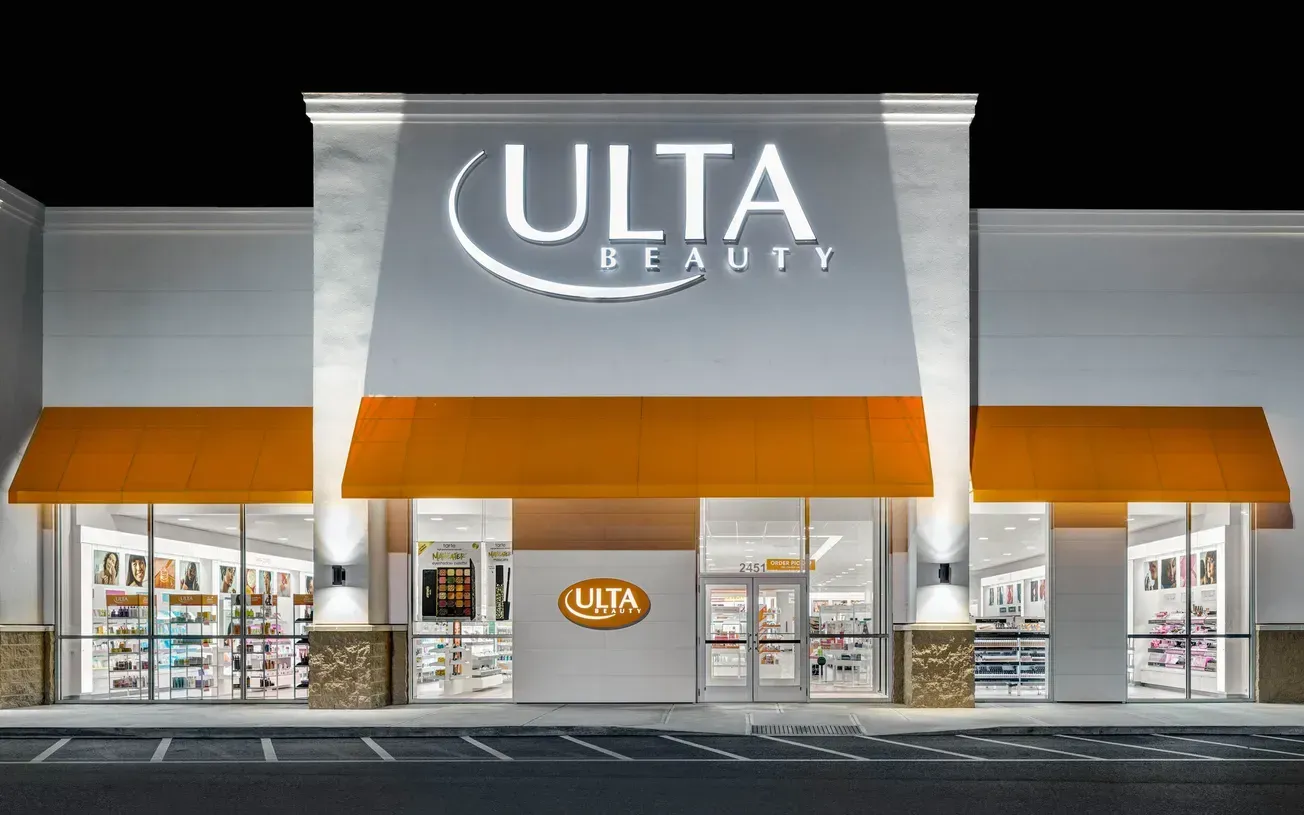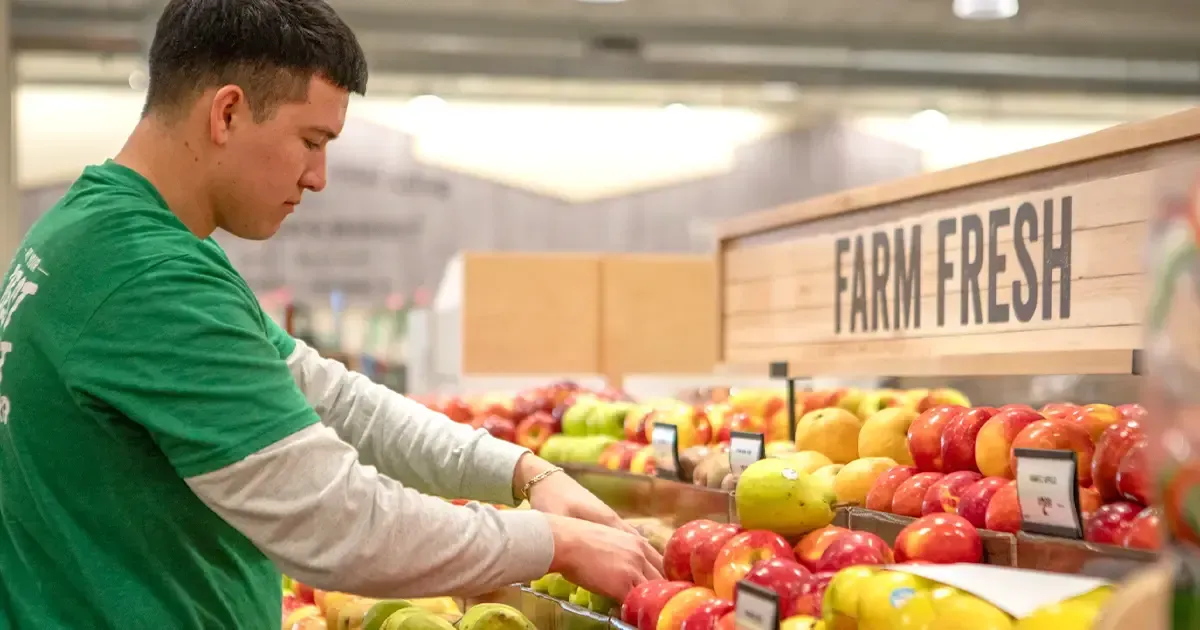NEW YORK — Despite growing uncertainty stoked by rising inflation and the Russian invasion of Ukraine, retail sales posted another strong month in March as the U.S. economy continued to hum and the impact of COVID-19 continued to ebb. Consumer spending patterns also continued to move closer to pre-pandemic trends as people spent more on services.
According to the Mastercard SpendingPulse, which measures in-store and online retail sales across all forms of payment, total retail sales excluding auto rose 8.4% year over year and climbed 18% over the pre-pandemic results for March 2019. The rate of year-over-year growth was similar to that for February (8.7%) and above January (7.2%).
“Retail sales remain strong but are stabilizing as consumers resume spending on passion areas like travel, live entertainment, indoor dining and other in-person activities,” said Steve Sadove, senior advisor to Mastercard and former chairman and chief executive officer of Saks Inc. “It’s a healthy sign that consumers are returning to a balanced level of spending across retail sectors and services.”
While in-store sales surged 11.2% during March, e-commerce dipped 3.3%, although online sales were still 83.7% higher than in March 2019. Trade classes that experienced the strongest growth included department stores (up 14%), apparel (up 16%) and luxury retail (up 27.1%). Grocery sales gained 6.8% year over year, but increased 17.6% compared to March 2019.
With COVID infections and hospitalizations waning, consumers are increasingly ready to enjoy the activities they relinquished during most of the last two years. Airline sales soared 44.8% in March, while lodging skyrocketed 46.4%. Restaurants experienced a 19.1% lift.
Those vibrant spending levels are not, however, matched by some major measures of consumer confidence. The Consumer Confidence Survey of the Conference Board did find that consumer confidence rebounded slightly in March after falling in February. The Survey’s Present Situation Index, based on consumers’ assessment of current business and labor market conditions improved to 153 from 143 in February, but the Expectations Index, which is based on consumers’ short-term outlook for income, business and labor market conditions, dipped to 76.6 from 80.8.
According to Lynn Franco, senior director of economic indicators at the Conference Board, consumers surveyed cited rising prices, particularly for gasoline, and the war in Ukraine as reasons for their dampened expectations.
Writing in the April issue of the National Retail Federation’s Monthly Economic Review, Jack Kleinhenz, NRF’s chief economist, cautioned that uncertainty will cast a shadow in the coming months.
“Given the recent geopolitical disruptions, it is likely that there will be some resetting of the U.S. and world economies and that both businesses and consumers will be affected, but it is too soon to tell by how much or for how long,” he wrote.
At the same time, Kleinhenz notes that the economy remains solid, with gross domestic product expected to grow 3.5% this year, with personal consumption up by about the same amount. Growth should be driven by job growth and wage increases combined with strong household savings.





